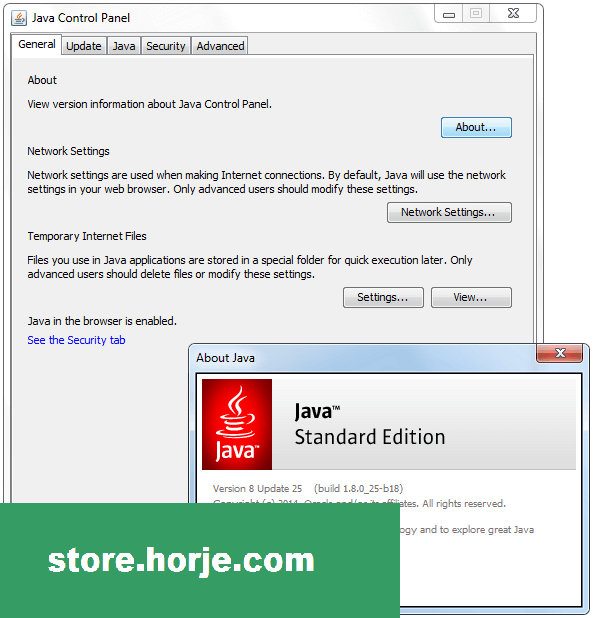
Enter version string as value to find corresponding registry entry to be deleted.Note: Highlight Uninstall folder before performing search for particular registry.Under this Uninstall folder you will find many registry entries within curly brackets.Go to HKEY_LOCAL_MACHINE/Software/Microsoft/Windows/CurrentVersion/Uninstall.Clean up your registry (delete your java key):.If java folder is remains in “C:/Program Files/…”, please delete it. Delete all previous versions of Java (using “Programs and Features” uninstall process).Follow our steps below to get your Java commands via command prompt working again, and leave a comment in the comments section if you encounter any further issues (or know of a better solution). Luckily, this is fairly easy to fix, as it just requires addressing one of the above problems with the appropriate solution. Error output when trying to run Java commands in Command Prompt. Missing Java path in your Environment Variablesįor example, we encountered this issue when updating Java SE to the latest version – we likely previously had a 32-bit Java installation, and when running the 64-bit Java installer, our Java path changed.This could be due to several factors, including but not limited to:

jar file through the command prompt, such as using the command “Java -Jar xxxx.jar”, you might encounter the following error message: Error: opening registry key ‘Software\JavaSoft\JRE’Įrror: Could not find Java SE Runtime Environment.


 0 kommentar(er)
0 kommentar(er)
